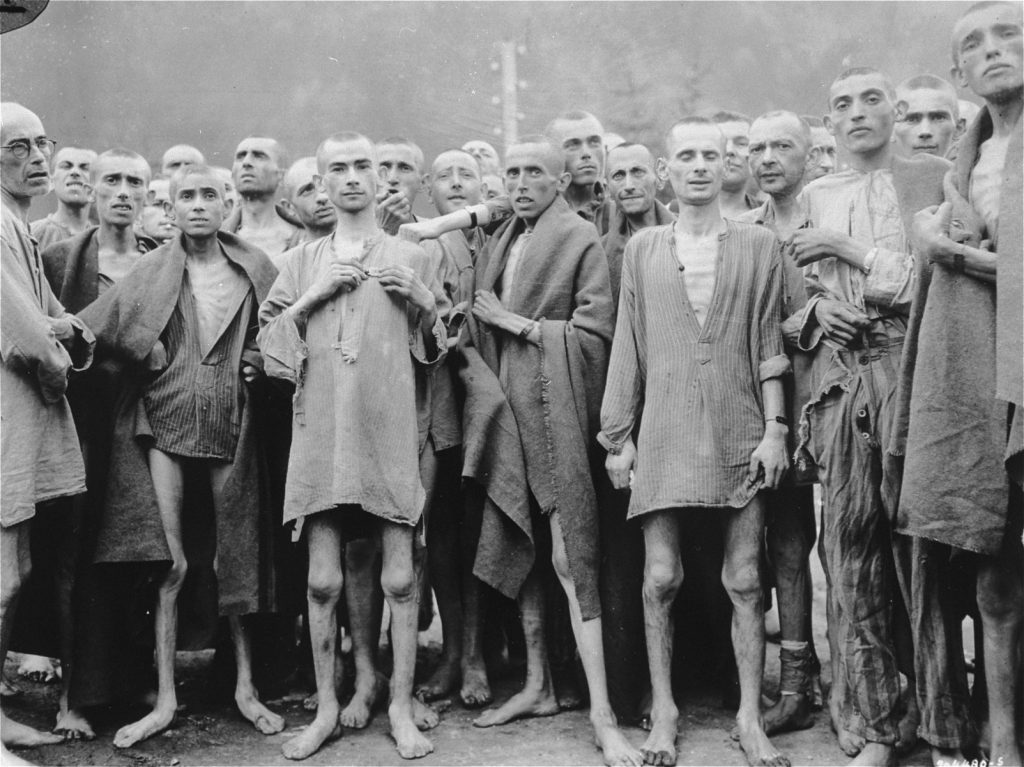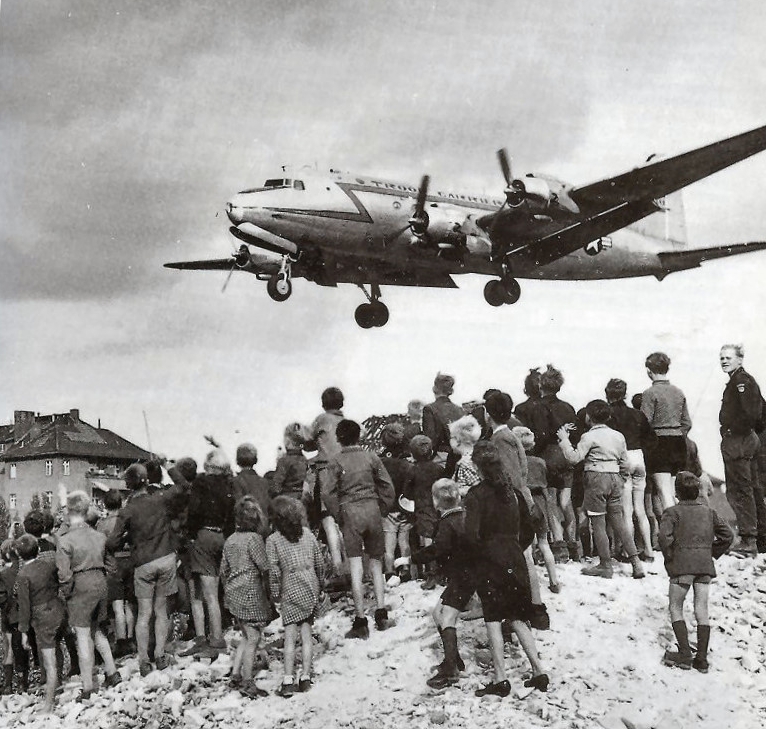There is perhaps no more universally heart-rending image than that of a hungry child. Depictions of issues as disparate as urban poverty, environmental catastrophe, and an inadequate education system invoke the hungry child as a shorthand for injustice and absolute wrongness. Such images suggest that hunger is a universal experience – all people hunger the same, and hunger itself is a sensation that everyone can equally imagine and experience. In this post, I want to historicize and contextualize this idea of the naturalness, simplicity, and the apoliticality of hunger. While “feeding the hungry” might seem like a viable moral imperative, this approach toward resolving hunger is itself a product of a specific political and economic moment; conceptualizing hunger as apolitical, universal, and timeless has neither reduced global hunger, nor effectively engaged citizens to care for the starving.
Many scholars have noted that the media depicts modern famines, especially in Africa, as “timeless” and unconnected from their geopolitical context. Hunger becomes a simple problem – an absence of food – with a simple solution. My own research on the relationship between modern warfare and the industrial food system has argued that hunger is best understood not as a biologically definable fact, but as a political category; more specifically, over the course of the twentieth century hunger became a biopolitical platform by means of which medical, economic, and moral claims could be attributed to or denied particular bodies and communities. I make the counter-intuitive claim that Germany played a central role in the construction of this model of hunger, one that hinges upon a particular understanding of the relationship between hunger and political identity.
During both of the World Wars, hunger had been designated a primary “weapon of war,” one that was wielded both by Germany and against Germany. Over the course of these conflicts, tens of millions of Europeans starved to death. Yet, after both wars, it was the hunger of Germany’s citizens that most profoundly captured the international imagination and shaped international policy. Moral imperatives replaced political evaluation as the appropriate response to hunger. However, the fact that German hunger in particular became the icon of this moral consensus was itself a deeply contested process, one inextricably bound with the political agendas of the transition from World War to Cold War.
Hitler’s rise to power brought with it in more than a decade of sustained famine-conditions across the continent. Of the fourteen million civilians and Prisoners of War who died in Central Europe between 1933 and 1945, more than half starved to death. Yet, for non-Jewish Germans, it was the end of war that ushered in what Germans still describe as the “hunger years” of 1945 to 1949.
It was by no means obvious that hunger would be the defining aspect of post-Nazi Germany. At the moment of Germany’s unconditional surrender, Nazi concentration camps provided the most powerful and widely circulated representations of the horrors of the war. Images of vast piles of emaciated corpses and the painful gaze of the so-called “walking skeletons” rapidly became visual shorthand for the evils of the Third Reich – and for the scale of hunger that had accompanied the war.

United States Holocaust Memorial Museum, courtesy of National Archives and Records Administration, College Park
Such images typically depicted groups of inmates who looked near-identical, individuality erased by the brutality of the camp experience. Films and photographs documenting these bodies seemed effective proof of the reality of what would much later be known as the Holocaust. However, they also ultimately came to be seen as ciphers of the extremities of human suffering, a sort of context-less and timeless creation of immorality. Such images thus came to represent generic misery and hunger, rather than embodying the specificity of Nazi practice.
This shift in interpretation was the result of the specific crisis that mass hunger represented to Western medicine in the wake of the war, challenging the integrity of individuality itself. In liberated Nazi camps, both medical and lay observers noted that hunger’s most striking aspect was the uniformity of its symptoms. Doctors and staff stationed at these camps regularly complained of the difficulty of distinguishing their patients from one another, as the hunger had made their bodies ‘identical,’ a physiological sameness of hollow eyes, sunken cheeks, and hunched bodies that was only exacerbated by the ubiquitous shaved heads and striped uniforms of former inmates. The bodily ‘sameness’ created by hunger set it apart from the infinitely varied forms of wartime suffering – and encouraged liberators to perceive former camp inmates as a single uniform community, rather than a remarkably diverse and varied population.
Within just months of war’s end, hunger’s ability to blur differences between individual sufferers was invoked to erase difference between victims and perpetrators within occupied Germany; the power of hunger to overcome political questions of guilt or innocence was celebrated as crucial to Western models of democracy and humanity.
Hunger, specifically German hunger, was framed domestically and internationally as an overwhelming moral concern, at the same time that it provided the German public with a way to recast itself not as the inheritors of the Nazi Reich, but as the embodiment of a new postwar commitment to human rights and humanitarianism. Within months of their country’s collapse, Germans had become the paradigmatic representatives of postwar hunger – and the worthiest targets of postwar aid.
An insistence on the unique severity of German hunger, on the suffering of “innocents,” and on the moral imperative of the global community to not stand by and watch as millions starved to death, all worked to construct an analogy in scope and horror between the Holocaust and the German Hunger Years. Such analogies became not only acceptable but a crucial component of a new postwar currency of human rights. In response, the military government of the Western Bi-zone pushed through a controversial new rationing plan that explicitly required that all Germans receive identical rations – regardless of prior affiliation with the Nazi party or status as a former victim of the Third Reich.
This change in rationing strategy marked a crucial shift; hunger became the most recognized currency of postwar victimization precisely because it rendered irrelevant Germany’s own political past. As a result, Germans became legitimate, even essential, targets of international sympathy. Caring for hungry Germans became a key component of the West’s new postwar project of fighting totalitarianism, protecting the innocent, and defending human rights. In 1948 the Berlin Airlift, rhetorically constructed as an act of saving starving German children, aligned the apoliticality and innocence of hunger with the politics of the Cold War.
Ultimately, Germans received more food-aid than hungrier populations because feeding them specifically confirmed an idealized ethos of the universality and apoliticality of hunger. Their hunger simultaneously allowed Germans to identify themselves explicitly with the victims of Nazi violence, rather than being perpetrators. The postwar food crisis offered non-Jewish Germans a chance to compare themselves with the primary figure of postwar victimization: the hungry innocent – especially the hungry Jew.As a result, hunger bridged the seemingly unbridgeable divide between the language of Nazi racism and that of postwar human rights, as Germans cast their hunger as an expression of their humanity, and pled for food as an expression of their human rights. By elevating their hunger above all other medical, political, and ethical concerns, postwar Germans actively inserted themselves into larger transnational debates over human rights, democracy, and modernity.
The pervasive postwar interest in German hunger suggests the global significance of these “politics of hunger,” not only for the evolution of food aid policies and humanitarian thinking, but for the fraught relationship between modern politics and the modern food system. There is no connection between the political or legal definition of innocence and the biological reality of starvation; we should ask why it is that we need to pretend that there is.
